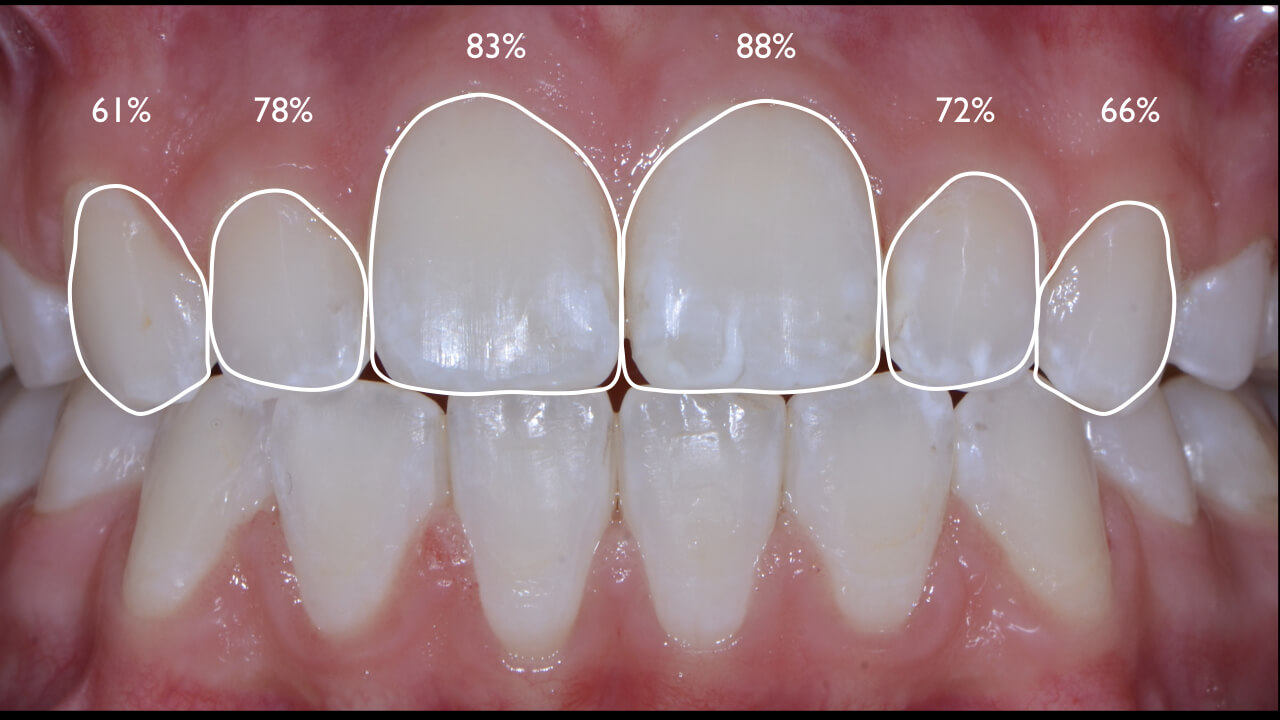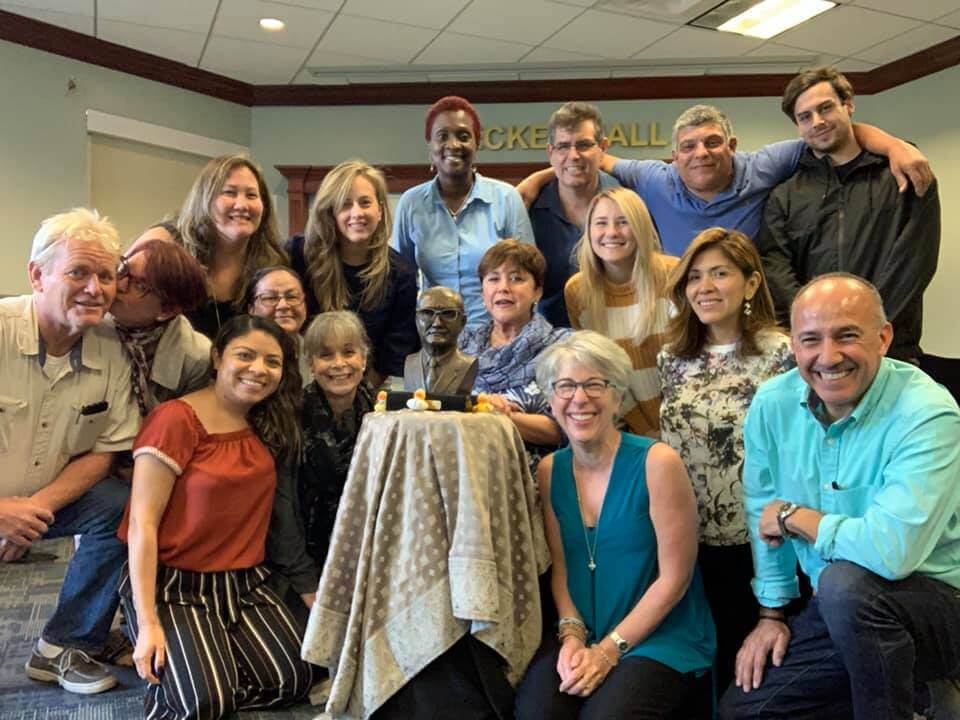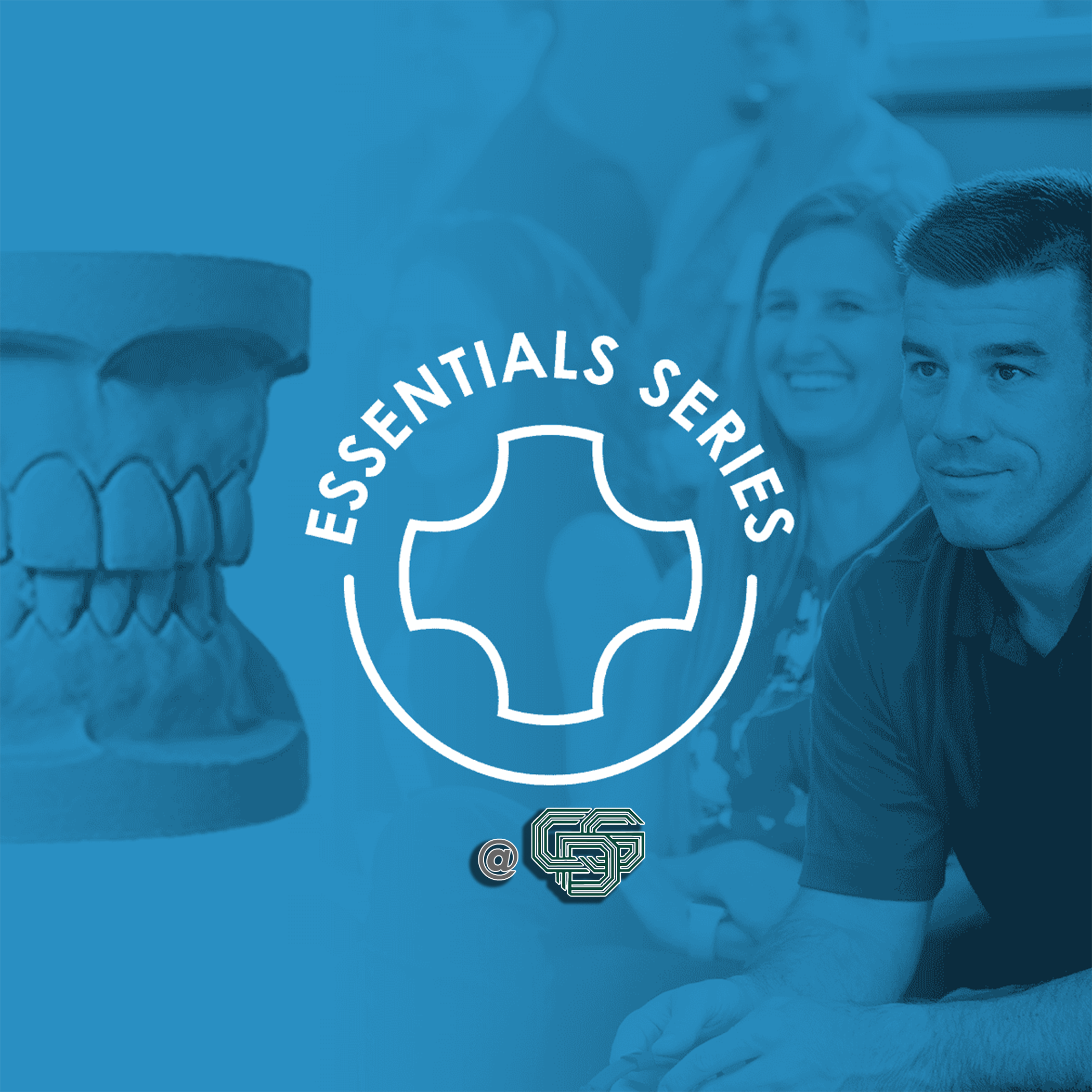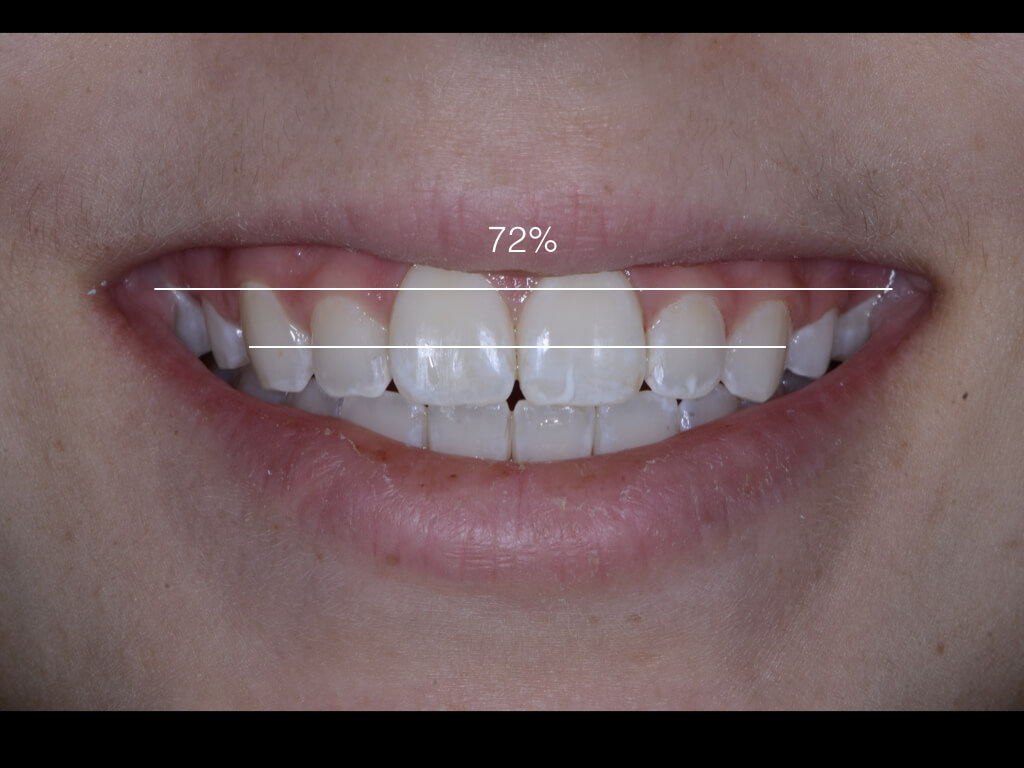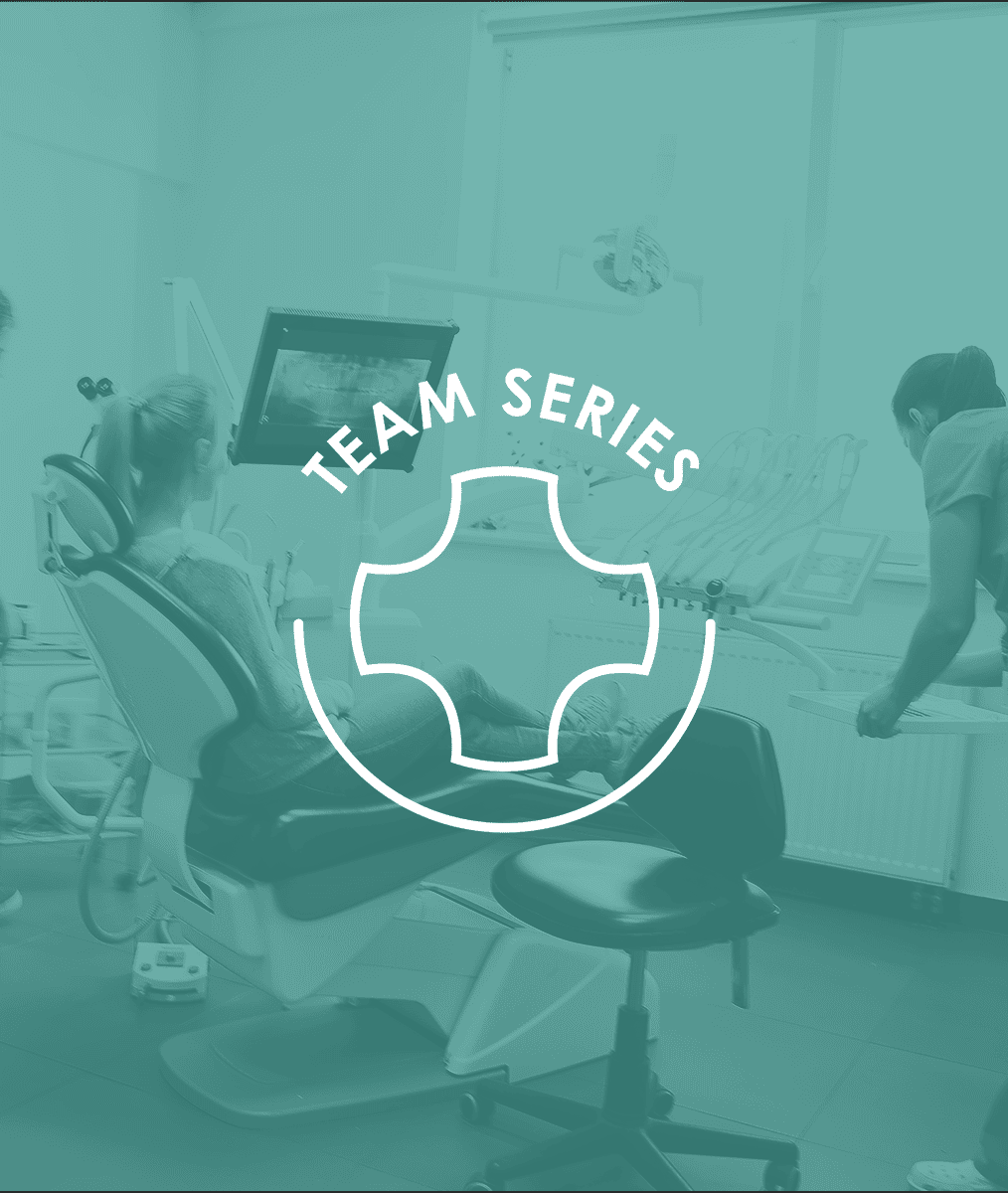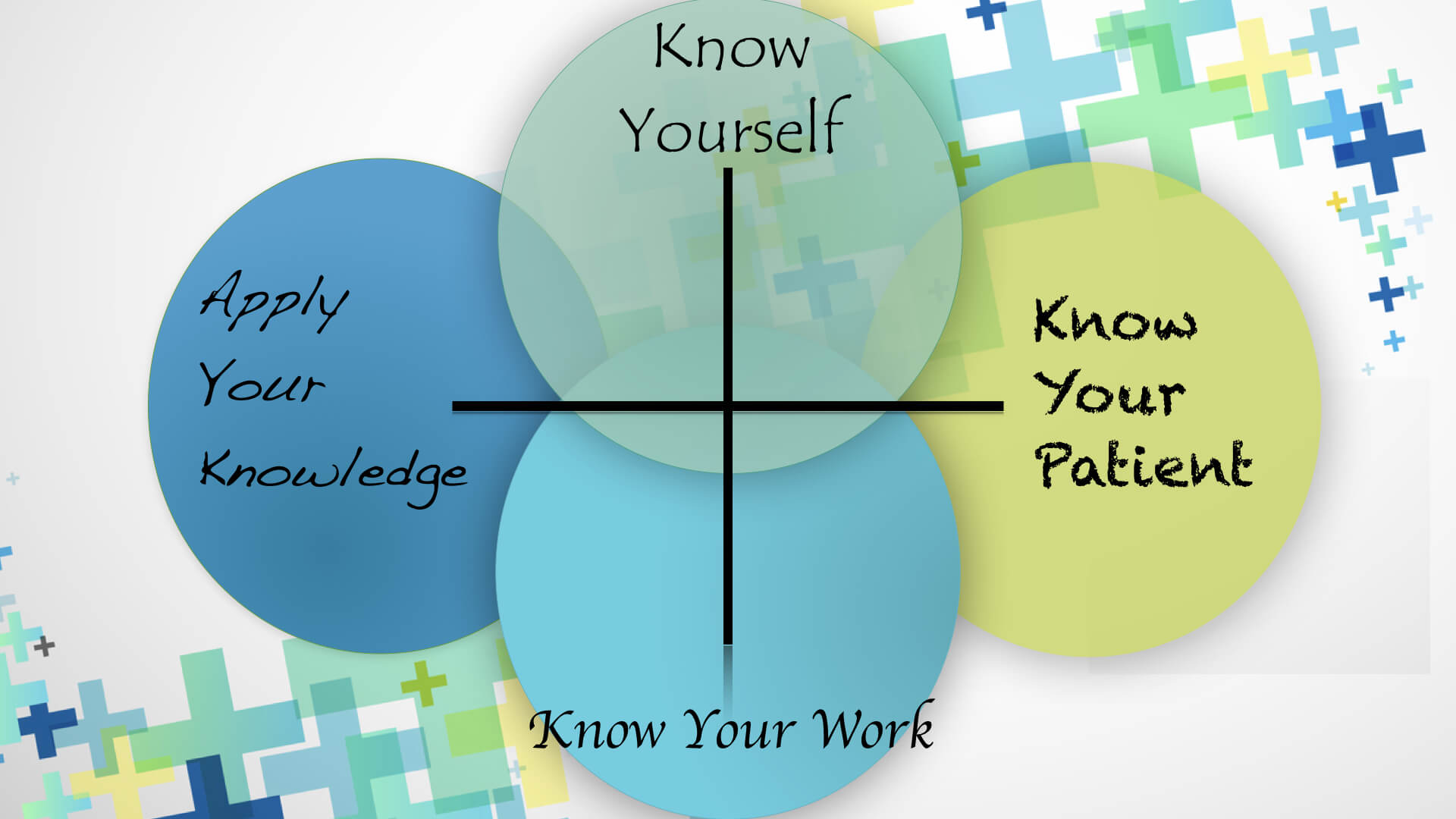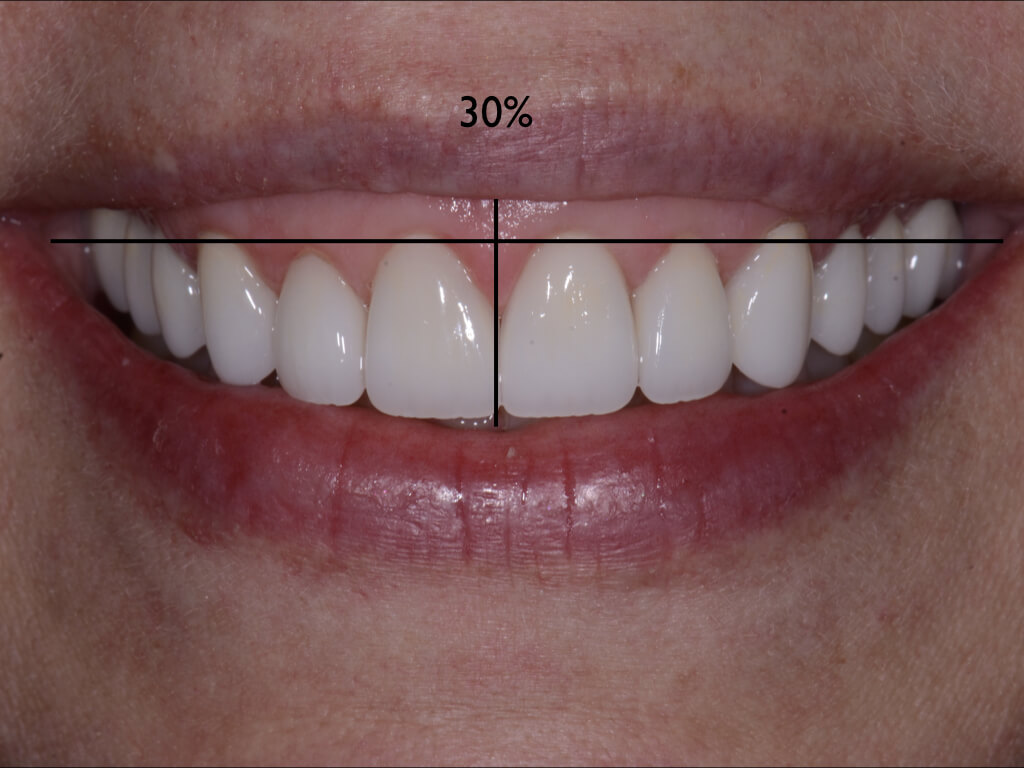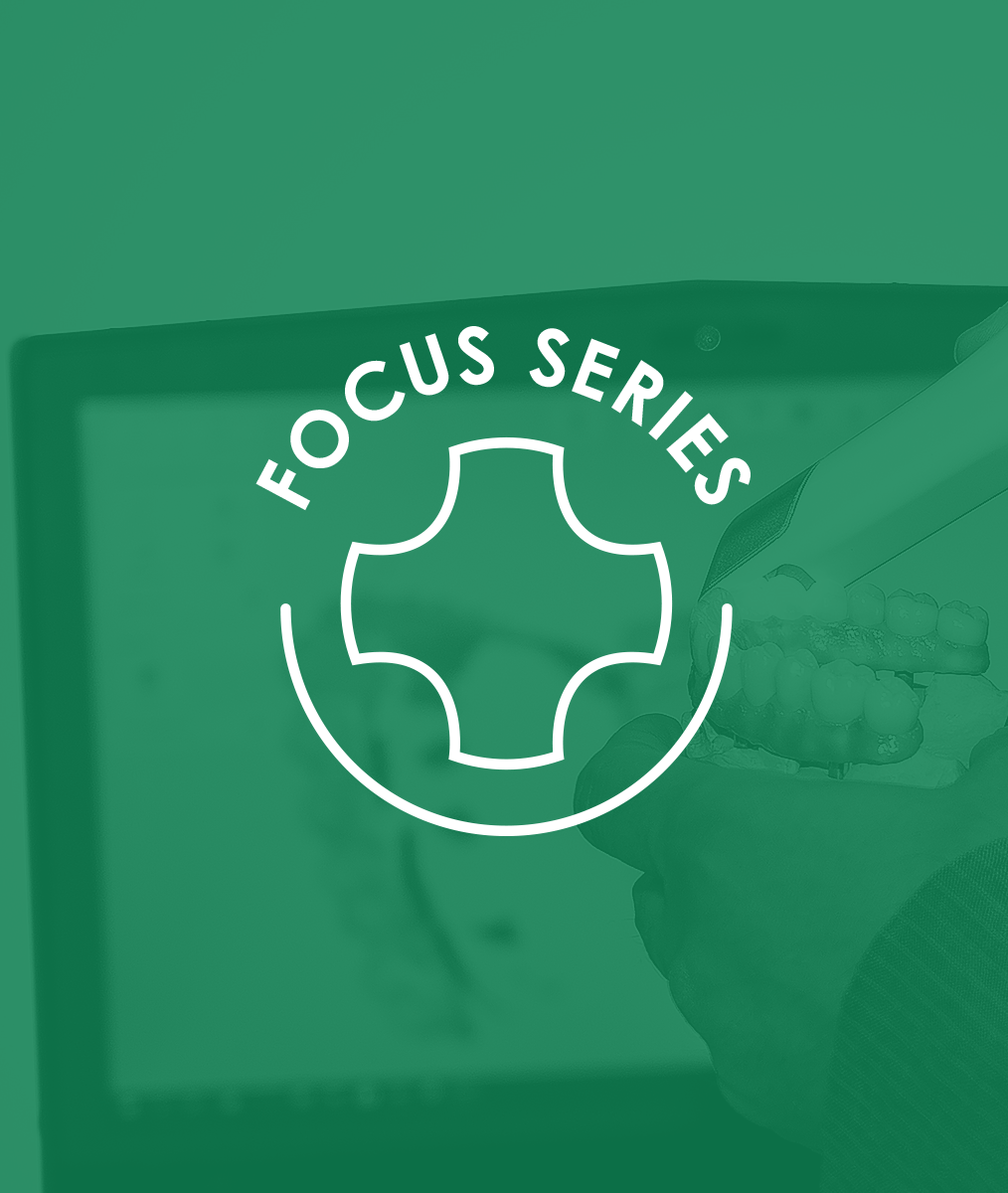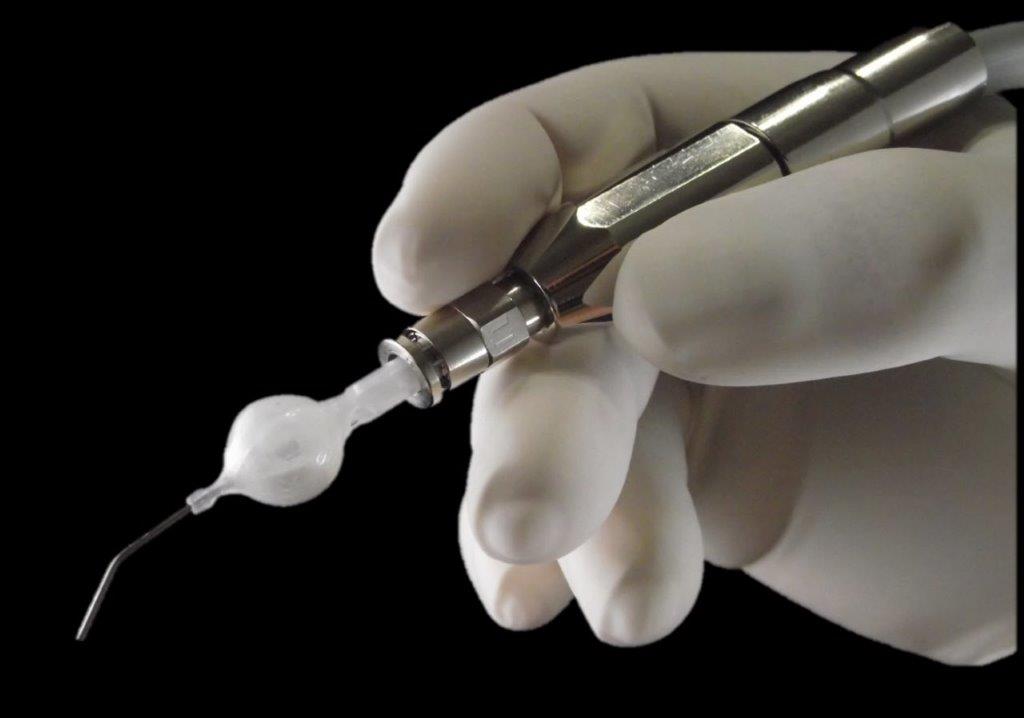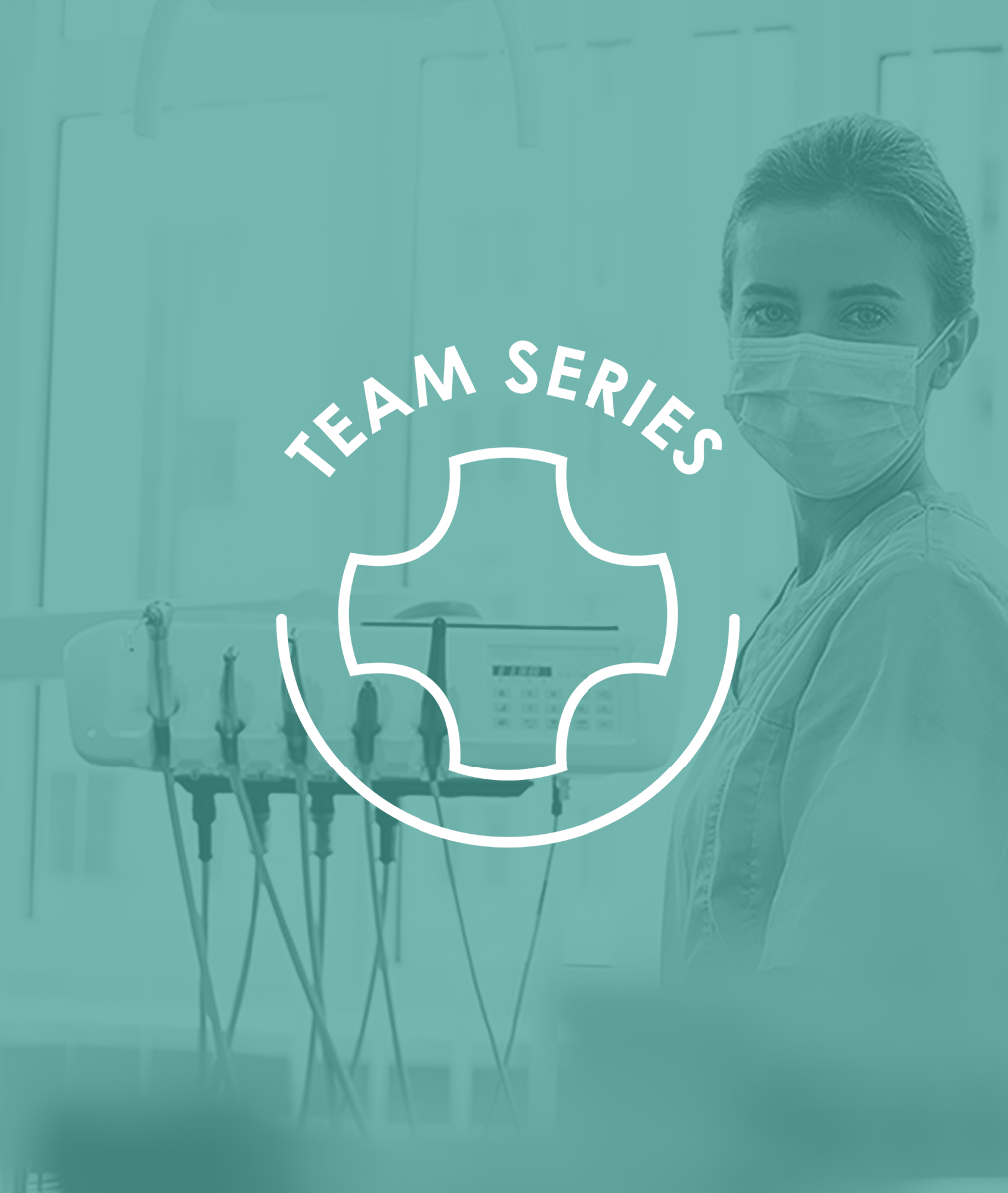Tooth Proportion Aesthetic Ratio
One of the challenges of aesthetic dentistry is setting clear expectations for patients. The more we can use visual tools over words the easier this becomes.
Over the years I have found that looking at photos with patients, both of their teeth and of the teeth of other people whose smiles demonstrate the principles I am explaining has made patient understanding much more successful. I always ask permission to show a patient the photos of their teeth as I find sometimes they are shocked by what they see. The photos can also be used to show them the changes being proposed. Drawing shapes and lines on the images communicates the information without the risk of setting unattainable expectations, which I fear using photoshop might.
The Third Aesthetic Zone Ration
The next of the esthetic zone ratios looks at tooth proportion. Upper anterior teeth look their most esthetic when the ratio comparing width to length is between 70-80%. This proportion can be measured on a computer screen in pixels using programs like Keynote or Powerpoint. Insert the image into a slide and trace the outline of the tooth with the freehand shape tool. Once the shape is complete click on it and hold your mouse curser over the corner. The pixels for width and length will apear and you can calculate the ratio. It is also easy to figure out this ratio by measuring on a stone model with digital calipers, or from a printed image using a ruler.
(Width/Length) * 100= Tooth Proportion Ratio
What the Ratio Means
Teeth with a ratio of less than 70% appear too tall and narrow. If it is greater then 80% the tooth appears too short and wide. If the tooth has a width to length ratio that is less than 70% or greater than 80% and we are going to treatment plan changing it we have to determine where we make the length adjustments at the incisal edge or the free gingival margin. The fist step is to determine the correct position of the incisal edge in the face using a lips at repose or rest photo. From the proposed incisal edge position we can then determine the proper position of the free gingival margin using this ration.
Some simple math can be very helpful when determining the appropriate length to correct this ratio.
- 70%= width times 1.43
- 75%=width times 1.33
- 80%=width times 1.25
Related Course
Creating Financial Freedom
DATE: March 6 2025 @ 8:00 am - March 8 2025 @ 2:00 pmLocation: The Pankey Institute
CE HOURS: 16
Dentist Tuition: $ 2795
Single Occupancy with Ensuite Private Bath (per night): $ 345
Achieving Financial Freedom is Within Your Reach! Would you like to have less fear, confusion and/or frustration around any aspect of working with money in your life, work, or when…
Learn More>
